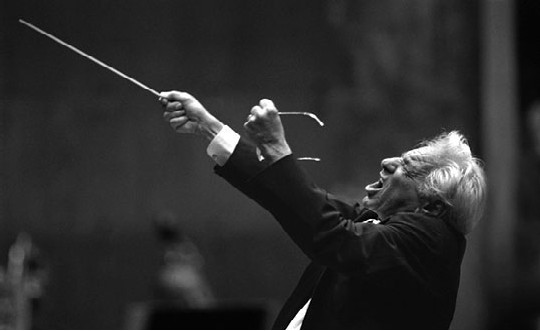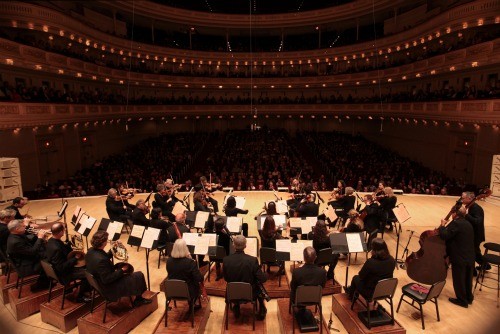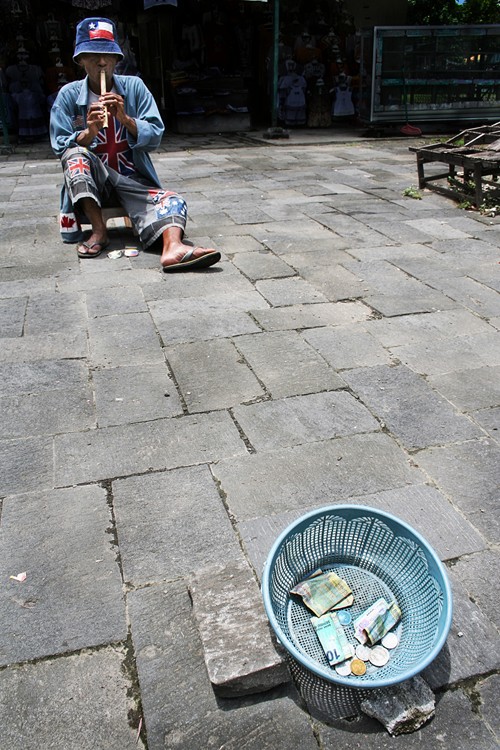
Concerts are different than other types of musical events due to several of its characteristics. In addition to generally displaying classical music, concerts have aspects that can become constrictive to photograph.
The most important thing when it comes to photographing concerts is that the camera can’t be too noisy and the photographer can’t move around while a score is being played. The audience are generally concentrating on the concert itself and aren’t very keen in taking pictures.
Therefore, high-powered cameras such as the Canon EOS 1D or the Nikon D3 should not be used. The sound the shutter makes is too prominent. Use cameras with low shutter noise. You should be able to judge for yourself which are appropriate.
The second most important thing is; you as the photographer can’t move around while photographing. So it’s better you arrive early and position yourself in the most advantageous spot. However, official appointed photographers are usually the only ones allowed to photograph during a concert. If you are an appointed official, plan your photo shoot carefully. But don’t forget: shoot as little as possible to avoid interfering with the concert proceedings. Addition photographs can be taken when the music is loud (and would overshadow the sound of your shutter being triggered).
As a general technical guide, use ISO setting of around 400 to 800, and try to use a lens with a wide opening such as an f2.8. Pack both a telephoto and wide lens, both are equally needed.
The following are general guidelines for photographing concerts:
1. Dress in low-key. Black is always a wise choice.
2. Learn the concert proceedings. Choose the perfect positions for the various parts. Change positions as little as possible, and only when a score isn’t in session.
3. There are generally two “directions” of photographing a concert. In the direction of the conductor’s face or in the direction of the conductor’s back. When the show highlights the role of the conductor, photograph facing the front of the conductor; visualizing the conductor’s expression as best as possible. When the orchestra is the most important component, be sure to highlight the orchestra.
4. When there is a solo performance, you have to have a photograph that highlights the solo performer.
5. There has to be a long shot-type photograph or an ultra-wide angle photograph that showcases the concert in its entirety.
6. Don’t forget the backstage photos; and also recording the faces of the audience.
Photographing concerts is quite rare. But when your turn comes, you’d better be ready.


Photo credit: © Steve J. Sherman
















